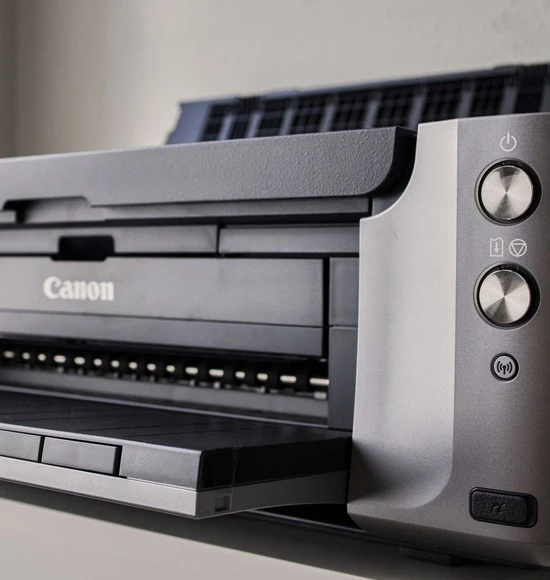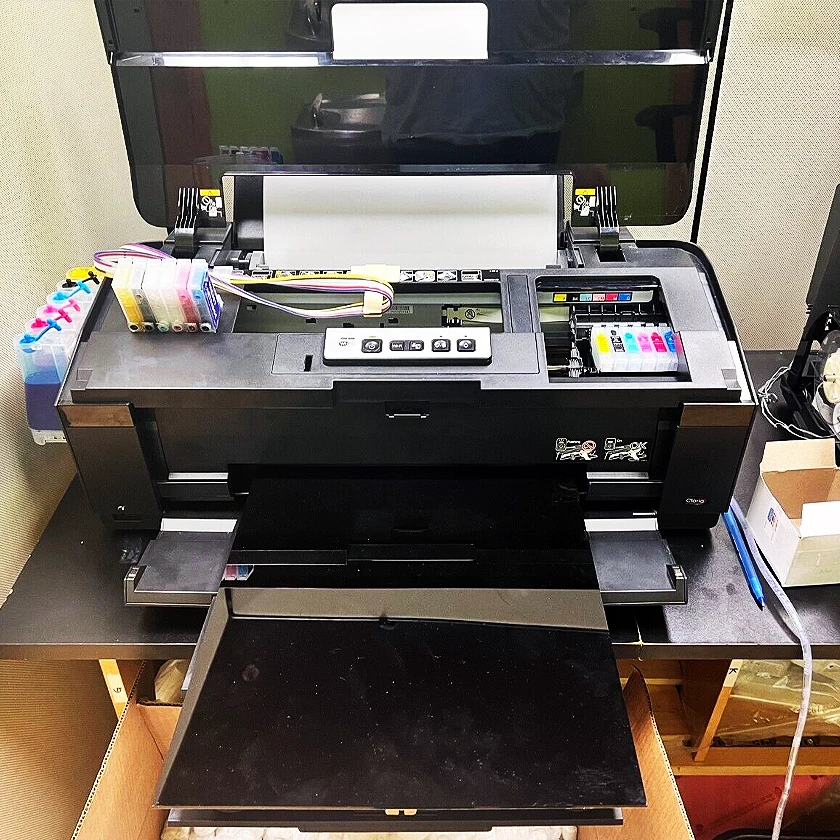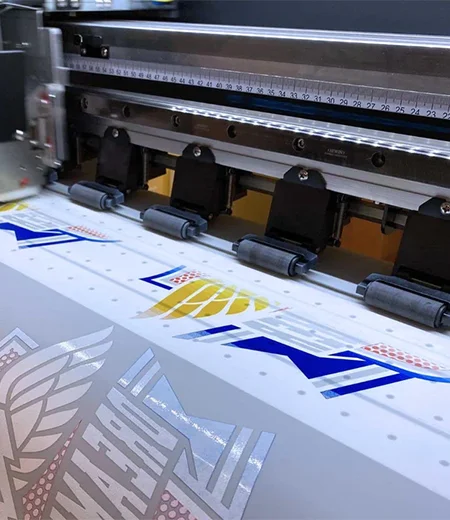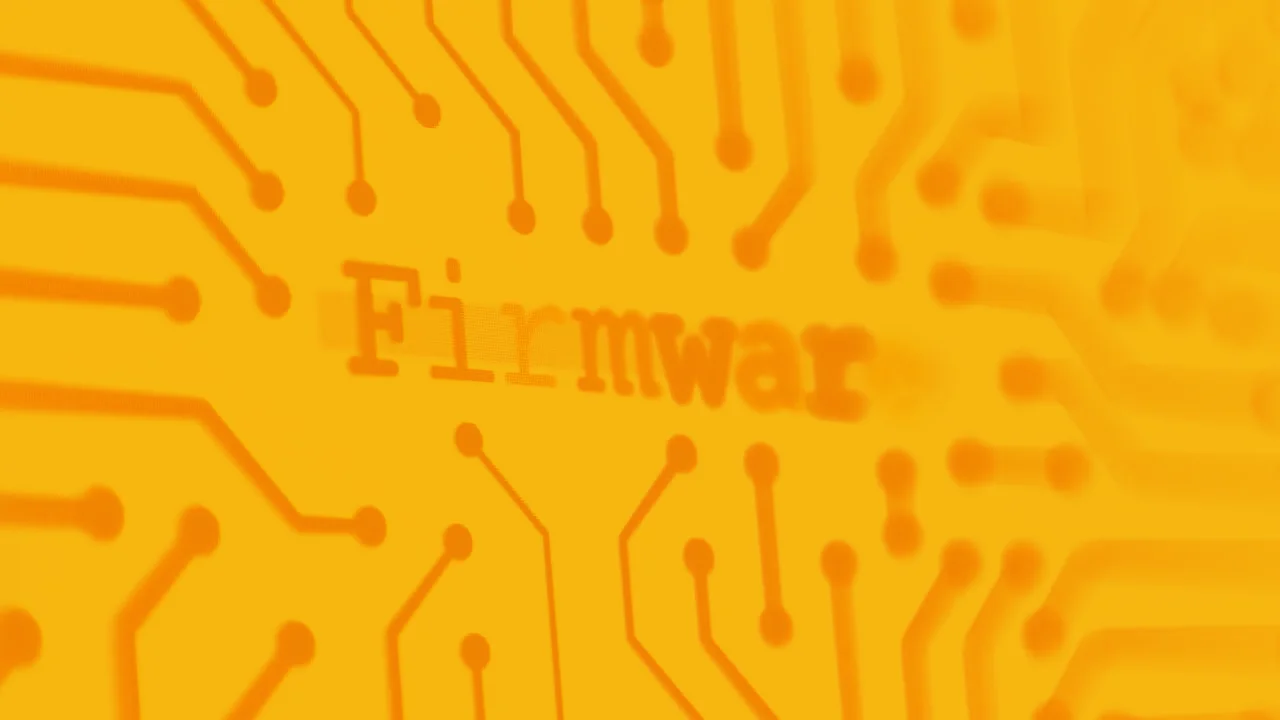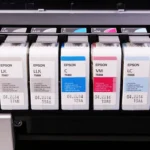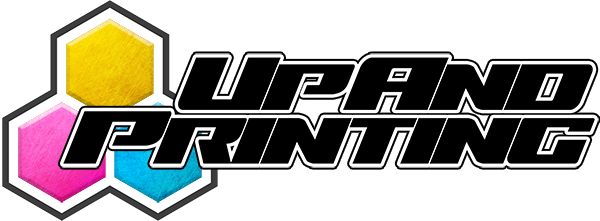Firmware updates are essential for resolving bugs, improving performance, and enhancing user experience. However, these updates can sometimes have unintended consequences, particularly when it comes to using third-party ink cartridges, as it requires you to downgrade HP printer firmware. Printer manufacturers like Epson, HP, and others have implemented firmware updates that restrict the use of non-OEM cartridges. This can be frustrating for users who prefer more affordable alternatives. Luckily, there are methods available to downgrade HP printer firmware and regain compatibility with third-party cartridges. In this article, we will explore the benefits of downgrading printer firmware and provide step-by-step instructions for doing so.
Understanding Firmware Updates and Ink Cartridge Compatibility
Firmware updates are software programs that are installed on a printer’s internal memory. They provide instructions for the printer’s operation and can include bug fixes, security patches, and performance enhancements. However, some printer manufacturers like HP have implemented firmware updates that intentionally restrict the use of non-OEM ink cartridges. This is done through a feature called dynamic security, which only allows the printer to function with cartridges that have brand-new or repurposed OEM chips or electronic circuitry.
The main reason behind this is to protect HP printer manufacturer’s revenue stream from ink cartridge sales. OEM cartridges are typically more expensive than third-party alternatives, and HP printer manufacturers rely on this ongoing revenue to support their business. By implementing dynamic security, they can limit the use of non-OEM cartridges and incentivize customers to stick with their branded ink.
The Drawbacks of Firmware Updates for Third-Party Cartridge Users
For users who rely on remanufactured or compatible ink cartridges, firmware updates can be problematic. Once the firmware is updated, the printer will only accept OEM cartridges, and any non-OEM cartridges will be rejected. This can lead to error messages such as “Cartridge is missing or damaged” or “Cartridge not being recognized.” Suddenly, the cost savings of using third-party cartridges are negated, as users are forced to purchase more expensive OEM options. This becomes an opportunity to downgrade HP printer firmware.
To avoid these issues, many users opt to downgrade their printer firmware to a previous version that is compatible with third-party cartridges. By doing so, they can regain the freedom to choose more affordable ink options without sacrificing print quality or performance.
Benefits of Downgrading Printer Firmware
There are several benefits to downgrading HP printer firmware, especially for users who rely on non-OEM ink cartridges. Let’s explore these benefits in more detail:
1. Cost Savings
One of the most significant advantages of downgrading HP printer firmware is the cost savings. OEM ink cartridges are often priced at a premium, and the use of non-OEM alternatives can result in substantial savings over time. By downgrading the firmware, users can continue to use their preferred third-party cartridges and avoid the inflated costs associated with OEM options.
2. Compatibility with Third-Party Cartridges
Downgrading printer firmware ensures compatibility with a wide range of third-party ink cartridges. This means that users can choose from a variety of brands and models, allowing them to find the best combination of price and quality for their printing needs. It also provides flexibility, as users are not limited to a single source for ink cartridges.
3. Print Quality and Performance
Contrary to popular belief, using non-OEM ink cartridges does not necessarily result in lower print quality or performance. However you absolutely must do your research when choosing who to use as the market is highly unregulated. Resulting in hp printer non hp chip detected errors or printhead failure. Some third-party manufacturers can produce high-quality ink that can rival OEM standards. The only producer that we recommend is Precision Colors based out of Canada. By downgrading printer firmware, users can continue to enjoy excellent print quality and performance without the need to switch to more expensive OEM cartridges.
4. Environmental Benefits
Another benefit of using non-OEM ink cartridges is the positive impact on the environment. Remanufactured cartridges are made from recycled materials, reducing the amount of waste generated. By downgrading printer firmware and continuing to use third-party cartridges, users can contribute to a more sustainable printing ecosystem.
How to Downgrade HP Printer Firmware
Now that we’ve explored the benefits of downgrading HP printer firmware, let’s dive into the step-by-step process for doing so. Please note that the specific instructions may vary depending on the printer model and manufacturer. It’s crucial to consult the HP manufacturer’s website or user manual for detailed instructions tailored to your printer. However, we will provide a general guide that can be applied to various HP printer models.
Step 1: Research and Preparation
Before attempting to downgrade your printer firmware, it’s essential to research the specific firmware version that is compatible with your printer and third-party cartridges. Printer manufacturers often remove outdated firmware from their websites, so it may require some digging to find the appropriate version. Additionally, make sure to back up any important documents or settings on your computer or printer before proceeding with the downgrade.
Step 2: Connect your Printer to your Computer
To initiate the firmware downgrade, connect your printer to your computer using a USB printer cable. This ensures a stable and reliable connection during the process. Even if your printer and computer are already connected via Wi-Fi, a USB connection is necessary for the firmware downgrade.
Step 3: Remove Ink Cartridges
Before proceeding with the firmware downgrade, remove all ink cartridges from their respective slots. This step ensures that any cartridge-related errors or conflicts are reset after the alternate firmware is applied. Set the cartridges aside in a safe place during the downgrade process.
Step 4: Turn off your Printer
Fully turn off your HP printer before proceeding with the firmware downgrade. Once the device is powered off, follow the HP manufacturer-specific instructions to access the firmware update screen. Different HP printer models may require different button combinations to access this screen. Refer to your HP printer’s user manual or the HP manufacturer’s website for the correct button sequence.
Step 5: Download and Install Previous Firmware
After accessing the HP firmware update screen, download the previous firmware version from our HP Firmware Downgrade section. As mentioned earlier, this may require some research and investigation to find the appropriate firmware for your specific HP printer model. Once downloaded, open the firmware installer on your computer and follow the on-screen instructions for the installation process. The firmware will transfer to your HP printer, and the machine will start flashing. Be patient and allow several minutes for the process to complete.
Step 6: Restart your Printer
After the downgrade is finalized, press OK or disconnect your HP printer’s power cable to turn it off. Immediately turn the HP printer back on and follow any on-screen instructions for the ink initialization process. If prompted, install the compatible third-party ink cartridges and allow your HP device to complete the ink initialization.
Step 7: Test and Confirm Compatibility
Once the HP printer has restarted, perform a test print to ensure that the downgrade was successful and that your third-party cartridges are recognized. Verify that the print quality and performance meet your expectations. If any issues arise, consult the HP manufacturer’s troubleshooting guide or contact their customer support for assistance.
Conclusion
Firmware updates can be a double-edged sword for users who rely on non-OEM ink cartridges. While these updates sometimes offer bug fixes and performance improvements, they often restrict the use of more affordable third-party options. However, by downgrading HP printer firmware to a previous version, users can regain compatibility with their preferred cartridges and enjoy the cost savings without sacrificing print quality or performance. It’s essential to follow the HP manufacturer’s instructions and conduct thorough research to ensure a successful firmware downgrade. With the benefits of downgrading printer firmware and non-HP chip detected in mind, users can make informed decisions and find a printing solution that suits their needs and budget.

